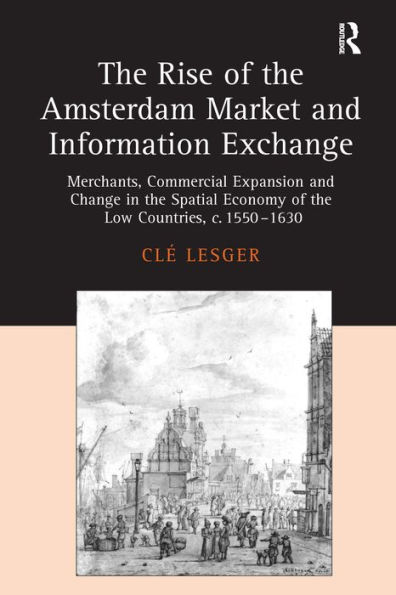5
1
9780754652205


The Rise of the Amsterdam Market and Information Exchange: Merchants, Commercial Expansion and Change in the Spatial Economy of the Low Countries, c.1550-1630 / Edition 1 available in Hardcover, eBook

The Rise of the Amsterdam Market and Information Exchange: Merchants, Commercial Expansion and Change in the Spatial Economy of the Low Countries, c.1550-1630 / Edition 1
- ISBN-10:
- 0754652203
- ISBN-13:
- 9780754652205
- Pub. Date:
- 08/10/2006
- Publisher:
- Taylor & Francis
- ISBN-10:
- 0754652203
- ISBN-13:
- 9780754652205
- Pub. Date:
- 08/10/2006
- Publisher:
- Taylor & Francis

The Rise of the Amsterdam Market and Information Exchange: Merchants, Commercial Expansion and Change in the Spatial Economy of the Low Countries, c.1550-1630 / Edition 1
$190.0
Current price is , Original price is $190.0. You
$190.00
Temporarily Out of Stock Online
190.0
Out Of Stock

Product Details
| ISBN-13: | 9780754652205 |
|---|---|
| Publisher: | Taylor & Francis |
| Publication date: | 08/10/2006 |
| Pages: | 344 |
| Product dimensions: | 6.12(w) x 9.19(h) x (d) |
About the Author
From the B&N Reads Blog
